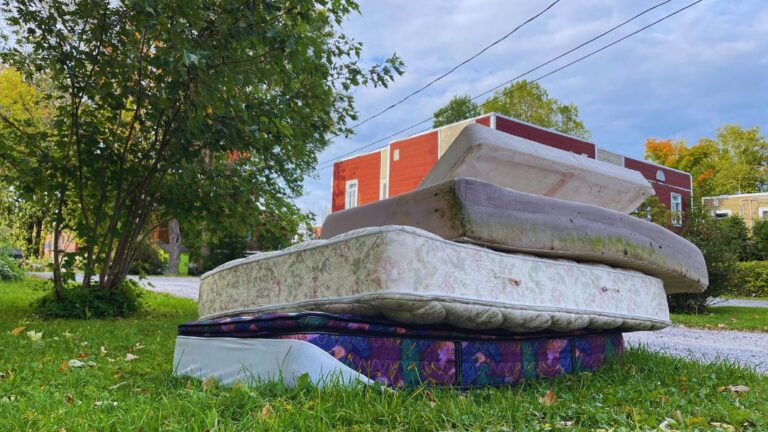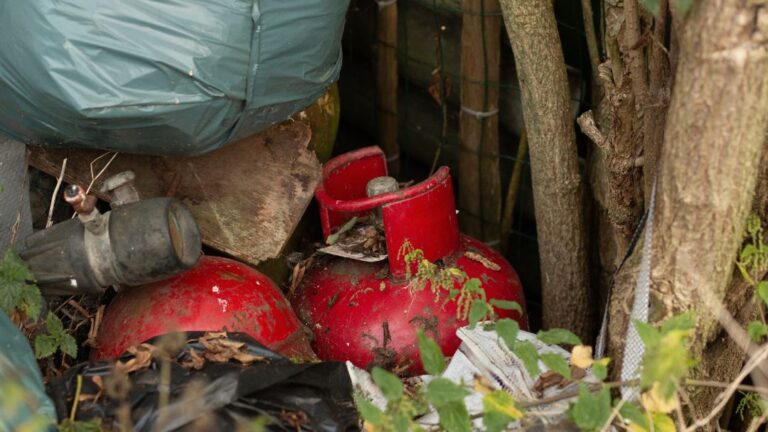The Resource Conservation and Recovery Act (RCRA) was enacted to ensure proper disposal of solid and hazardous waste in the U.S. One of the amendments to the RCRA involves phasing out land disposal of hazardous waste, corrective action for releases, and waste minimization.
The regulation of RCRA hazardous waste management is an ongoing battle that the U.S. Environmental Protection Agency (EPA) has put in strict standards into working out a sustainable solution.
Here we take you through what RCRA hazardous wastes are, how they are generated, and the best ways to dispose of them.
What is RCRA Hazardous Waste?
The RCRA describes hazardous waste as a material of any form that can be harmful to human health or the environment if it’s not handled properly.
The effects of these materials have been further described under the characteristics of ignitability, Corrosivity, Reactivity, and Toxicity, in the Code of Federal Regulations (CFR) subpart C.
RCRA hazardous waste includes waste generated from several industries, including:
- Industrial Processes – Chemical and electronics manufacturing companies, as well as heavy metals producers.
- Healthcare Facilities – Hospitals and laboratories generate hazardous waste such as expired pharmaceuticals, medical chemicals, and infectious materials.
- Automotive and Aerospace Industries – Wastes from these industries are hazardous to the surroundings.
- Retail and Consumer Businesses – Businesses that deal with the sales of products from the above-listed industries also produce hazardous waste when products are discarded.
- Agriculture – Pesticides and fertilizers used in farming can be classified as hazardous waste under RCRA regulations.
However, the EPA categorizes hazardous waste generators as very small, small, and large quantity generators, based on the amount of RCRA hazardous waste they produce.
Why is RCRA Hazardous Waste Dangerous?
It is important to ensure adequate waste disposal methods for all wastes, even more so for hazardous wastes that could have detrimental effects on humans.
All forms of hazardous waste are toxic, be it household hazardous waste or those formed from industries. Here is why they are highly dangerous, especially when not disposed of properly;
1. Toxic to Human Health
Wastes are generally bad to be around humans because they lead to the development of bacteria and other microbial organisms that could affect human health.
RCRA hazardous waste carries heavier consequences. Here are the human health risks that they pose;
- Wastes like organophosphates, lead, and benzene can cause breathing problems when inhaled and damage normal lung function
- They are carcinogenic and can cause cancers and birth defects
- They can cause brain impairments leading to physical and cognitive deficiencies
These effects could be long-lasting causing permanent damage and even leading to death.
2. Toxic to The Environment
The environment we live in also suffers from the poison released by RCRA hazardous waste. These wastes affect all aspects of our environment;
- Land Pollution – Hazardous waste makes the land unbearable for grazing.
- Water Pollution – Hazardous wastes that find their way into open water become deadly to the living things in them and are also bad for human consumption.
- Air Pollution – Aside from leading to respiratory distress, hazardous waste also influences climate change adversely.
The environmental effects of hazardous waste possess different routes to affecting humans negatively. From directly affecting human health to poisoning the animals and plants to be consumed by humans, and causing unbearable living conditions.
3. Leads to Adverse Events
Among the characteristics of RCRA hazardous waste are ignitability and reactivity. This makes them a fire risk. They can lead to explosions and violent reactions which could lead to loss of property, damage, and physical injuries.
Use Compactors To Manage RCRA Hazardous Waste

After learning about what RCRA hazardous waste is and how they are a menace to us and our environment, it is incomplete without learning how to properly dispose of it.
Every business should have a garbage disposal system, and it should have accommodation for hazardous waste if you fall under the category of industries that produce it.
Using compactors is one of the best ways to manage RCRA hazardous waste. Compactors compress waste into smaller and denser forms and keep them enclosed. They are a good choice for waste disposal for the following reasons;
- They reduce waste volume and require smaller storage space
- They reduce human and environmental contact with hazardous waste
- They comply with EPA regulations for waste management
- They save cost on disposal by reducing the size of waste to be transported
- They can be used for recycling non-hazardous waste and some regulated hazardous waste
Compacting Technologies International (CTI) produces durable compactors that accommodate various types of RCRA hazardous waste. The crushing mechanism of our compactors possesses a two-stage hydraulic system that helps to deliver compaction forces that reduce waste size beyond your typical compactor.
With our tight-seal CTI compactors, you save tremendous costs on waste storage, transport, and disposal while keeping your employees and environment safe from spillage risk. To order our best-seller CTI 8560 Compactor or other compactors, contact us today.




